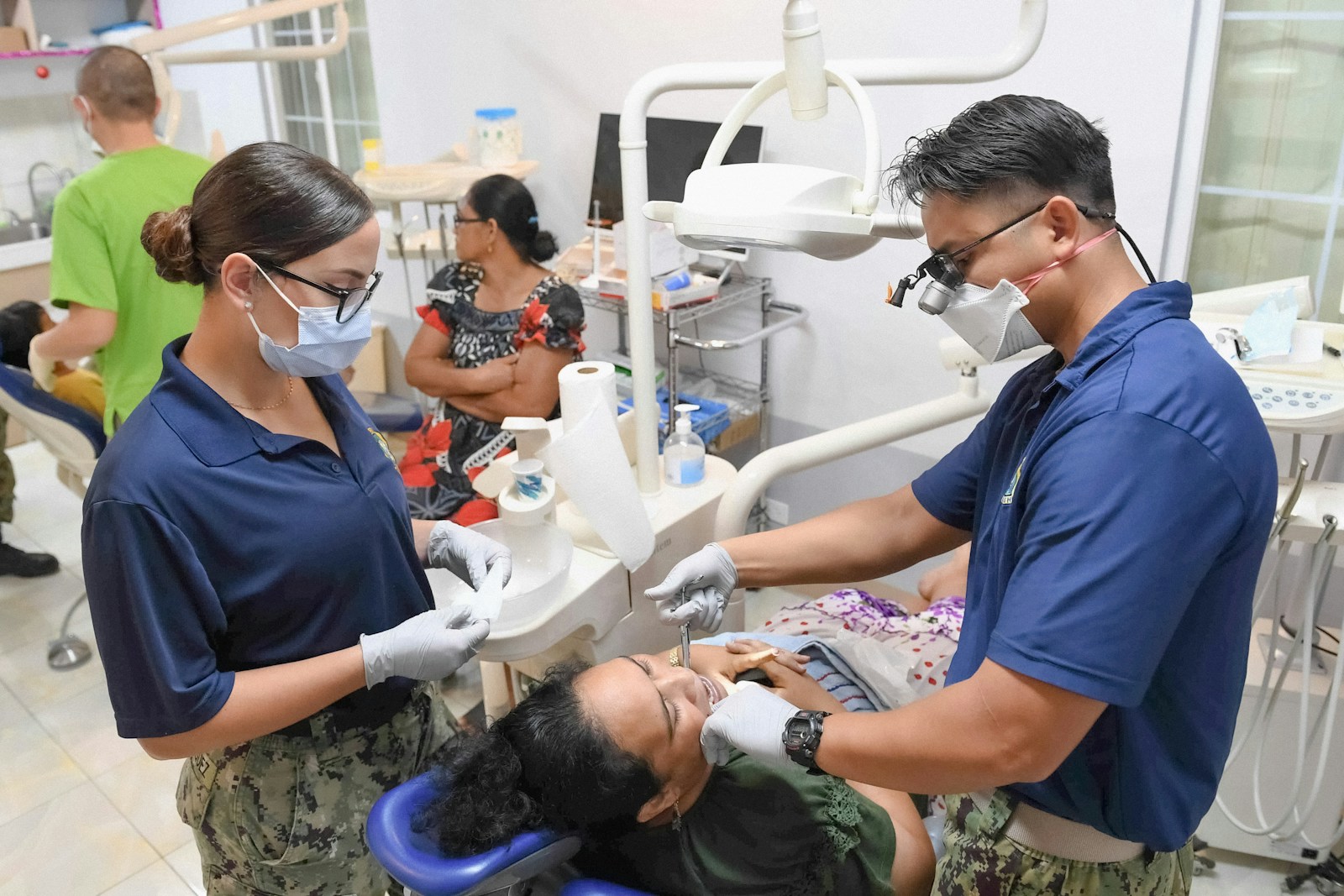
Integrating Oral Health into Universal Health Coverage: Why It’s Time to End the Divide Between Oral Health and Global NCD Agendas
News
Oct 30, 2025
There is no health without oral health.
For too long, oral health has been treated as an afterthought in global health systems. Yet the evidence is undeniable: oral diseases are among the most prevalent non-communicable diseases (NCDs) worldwide, affecting more than 3.5 billion people. From periodontitis to oral cancers, their links with diabetes, cardiovascular disease, and other chronic conditions are well established.
Now, the World Federation of Public Health Associations (WFPHA) has issued a powerful policy statement: Integrating Oral Health into the Global NCD and UHC Agendas — A Call to Action for Public Health Associations. The message is clear: oral health must be embedded within all national and global health frameworks if we are to achieve health equity and the Sustainable Development Goals (SDGs).
Oral Health: The Missing Link in Universal Health Coverage
According to the WHO, NCDs account for 41 million deaths annually, representing 71% of all global mortality. Low- and middle-income countries (LMICs) bear the heaviest burden; 85% of premature deaths from NCDs occur there. Oral diseases follow this same inequitable pattern, yet remain excluded from most national NCD strategies and Universal Health Coverage (UHC) packages.
This omission undermines prevention, delays early detection, and perpetuates health inequities. As the WFPHA notes, oral health is “a mirror of overall health.” Neglecting it weakens entire health systems.
Why Integration Matters
Integrating oral health into UHC and NCD agendas is more than a moral imperative. It’s smart public health and smart economics. Countries like Thailand and Brazil have shown that embedding oral health into primary care systems reduces disease burden, improves outcomes for chronic conditions, and saves money.
Integrated prevention efforts like reducing tobacco use, sugar consumption, and harmful alcohol intake benefit oral and systemic health. By targeting shared risk factors, countries can create healthier populations and more resilient health systems.
A Call to Action for Public Health Associations
Public health associations (PHAs) sit at the intersection of science, policy, and advocacy. The WFPHA urges them to:
- Adopt oral health integration as a strategic priority in your national advocacy agenda.
- Advocate with your Ministry of Health to include oral health in NCD strategies, UHC packages, and PHC delivery.
- Mobilize interprofessional coalitions that link oral health, NCDs, and health equity.
- Monitor and report on your country’s progress toward integration.
By championing integration, PHAs can drive national accountability and ensure that oral health becomes an essential part of primary health care (PHC).
Engaging All Stakeholders: From Policy to Industry
The statement also highlights the crucial role of collaboration among governments, civil society, academia, and the oral hygiene industry by aligning their operations with equitable access, transparent pricing, and responsible marketing.
From Evidence to Action
We have the frameworks from the WHO Global Oral Health Action Plan (2023–2030) to the WHO Oral Health Resolution (2021). The evidence is clear. What’s missing is the political will and operational leadership to act.
Oral health is not a luxury. It is a fundamental human right and an essential component of global health equity.
The time for integrated action is now.
